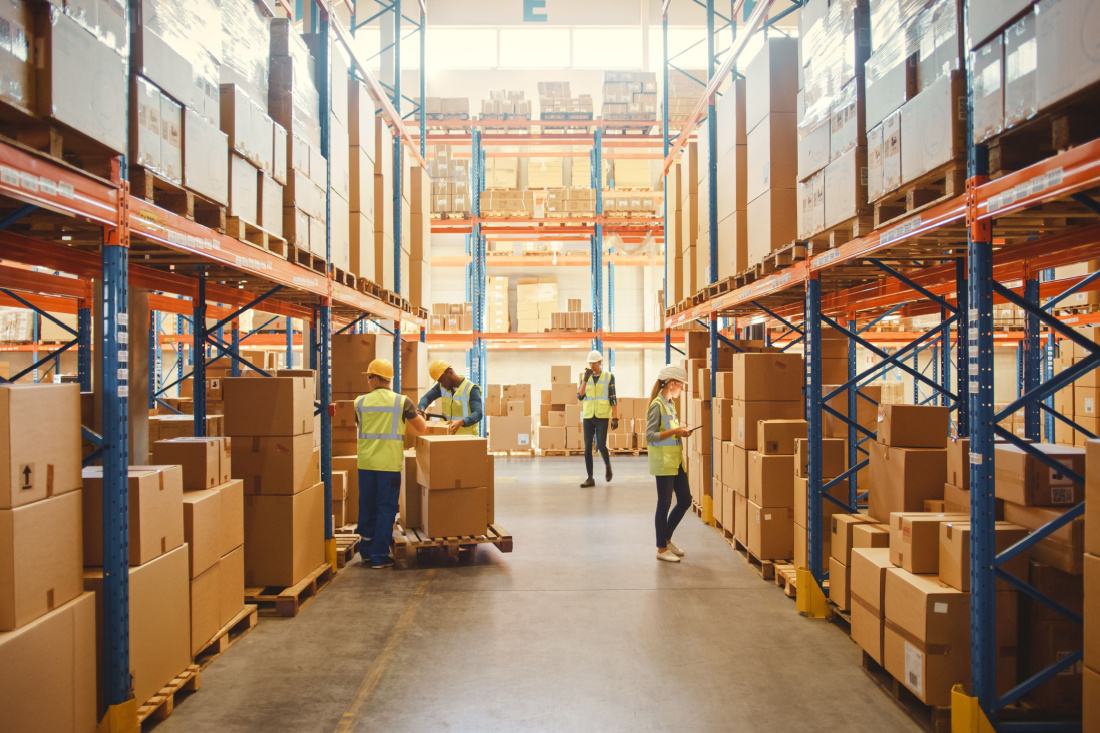Shipping Best Practices for Trade Shows and Events
January 5, 2024
Trade Show Shipping Made Easy
Written By: Narek Hakobyan
Trade shows and events are great ways to display your products and services, meet potential customers and partners, and make sales. However, getting your materials and equipment to the event can take time and effort. Many logistical challenges are involved in shipping your items, especially when shipping equipment and materials to a venue. In this blog post, you'll learn the best practices for how you can ensure that your shipments arrive on time, in good condition, and without breaking the bank.
Plan Ahead
One of the most important things you can do to avoid shipping headaches is to plan ahead. Start by researching the venue, the event organizer, and the shipping options available. Find out the deadlines, the rules, the fees, and the contact information for each party involved. Create a detailed checklist and a timeline for your shipping process, and communicate it clearly to your team and carrier. Make sure you have a backup plan in case something goes wrong.
Choosing a Reliable Carrier
Not all carriers have the same level of expertise or experience when it comes to shipping for trade shows and events. Look for a carrier specializing in trade show logistics with experience handling detailed requirements and regulations. Additionally, make sure the carrier offers a variety of shipping options, such as ground, air, expedited, and international, to suit your specific needs and budget.
Use Advance Warehousing
One of the best ways to avoid the stress and uncertainty of shipping directly to the venue is to take advantage of advance warehousing. This service allows you to ship your equipment and materials to a warehouse near the venue, where it will be stored until the event begins. This way, you are able to:
- Ship your equipment and materials weeks in advance, avoiding last-minute rush and chance of delay.
- Save money on shipping; you can use options like ground or economy instead of air or expedited.
- Reduce the risk of losing and damaging your shipment.
- Have more control and flexibility over the delivery and setup of your equipment. You will benefit from having more flexibility in scheduling according to your needs and preferences.

Tracking and Tracing Your Shipments
Another critical aspect of a successful trade show and event is to track your shipments consistently and accurately. This means you should:
- Use a carrier that utilizes a reliable tracking system that provides you with real-time updates and alerts.
- Check your shipments' status regularly to ensure they are on time and schedule.
- Confirm the delivery and receipt of your shipments, and inspect them for any damage or missing items.
Completing The Trade Show Materials Handling Agreement
A Trade Show Materials Handling Agreement (MHA) is a contract you must complete when shipping your equipment and materials to the venue. It defines the service, fees, liability, and rules that the event organizer or the venue provides for your materials. It is important to complete the MHA form as it directly affects the cost, the safety, and the efficiency of the shipping process. Before signing it, you are encouraged to thoroughly read and understand the MHA and compare it to your carrier's service offerings. You can save money and negotiate better deals. The MHA can also help you prevent or resolve any issues or disputes that may arise during the shipping process.
Making Sure Your International Paperwork Is Accurate
If you find yourself shipping equipment or materials internationally, you will find yourself having to deal with customs or other regulatory agencies. This means that you have to ensure that all documents provided are complete and accurate, such as:
- ATA carnets
- HTS (Harmonized Tariff Schedule) and Schedule B codes
- Incoterms®
- Commercial invoices, packing lists, certificates of origin, and other documents that may be required by the destination country.
It is important to know when to include these documents and codes, how to label your shipments properly and ensure you comply with all the rules and regulations. Failing to do so may result in fines or penalties.
Conclusion
Shipping for trade shows and events can be a complex and challenging process, but it can also be a rewarding and profitable one. By following these best practices, you can ensure that your shipments arrive on time, in good condition, and without breaking the bank. You can also focus on the main goal of your trade show and event participation: to promote your business and grow your sales.
